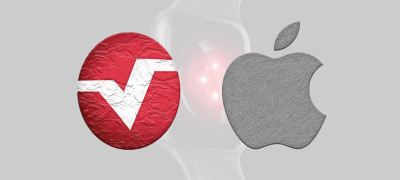Uranus, the third-largest planet in our solar system, continues to surprise scientists 243 years after its discovery. A new study has cast doubt on previous findings about the planet, particularly its magnetic field, after revisiting data collected by NASA’s Voyager 2 spacecraft during its 1986 flyby.
At the time, the spacecraft encountered Uranus during an intense solar wind event, which temporarily compressed the planet’s magnetosphere. This led to misleading observations, including the belief that Uranus had an unusually weak plasma environment. New analysis of eight months of data reveals that the conditions Voyager 2 faced were rare, occurring only 4% of the time. Had the spacecraft arrived just a few days earlier, it would have observed a larger magnetosphere, more similar to those of Jupiter, Saturn, and Neptune.
Also Read: NASA Captures Toxic Black Smog Over Lahore, Delhi Visible from Space
The study also revises earlier assumptions about Uranus’s moons. Titania and Oberon, two of its largest moons, were once thought to orbit outside the planet’s magnetosphere. However, the new research indicates they remain within this protective bubble, which could make them prime candidates for hosting subsurface oceans, potentially capable of supporting life.
Scientists now advocate for a future mission to Uranus, to further explore its magnetosphere, atmosphere, rings, and moons.









